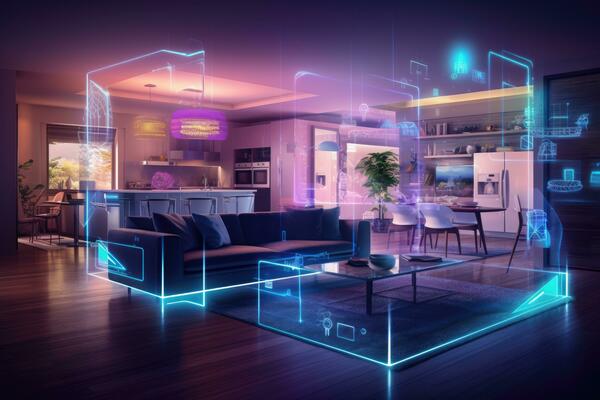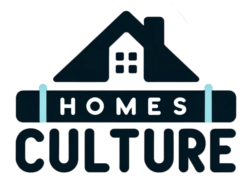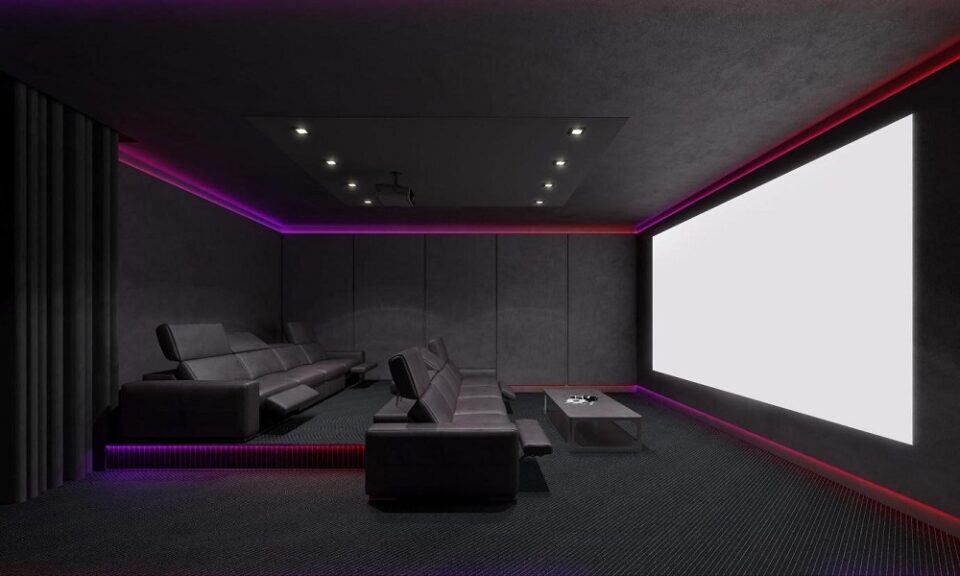In recent years, smart home technology has gained significant popularity due to its ability to enhance convenience, comfort, and energy efficiency in our daily lives. As technology continues to advance, it has become increasingly important to seamlessly integrate smart home devices with the overall interior design of our homes. The integration of these technologies into the design not only adds functionality but also enhances the aesthetic appeal of our living spaces.
Benefits of Integrating Smart Home Technology with Interior Design

Integrating smart home technology with interior design offers several benefits that can greatly improve the overall living experience. Here are a few key advantages:
- Seamless Aesthetic Integration: Smart home devices are available in a wide range of designs, colors, and finishes. By carefully selecting devices that complement the interior design style, they can seamlessly blend into the overall aesthetic of the space, enhancing its visual appeal.
- Enhanced Functionality: Integrating smart home technology into the interior design allows for a cohesive and intuitive control system. By strategically placing smart devices in accessible locations, homeowners can effortlessly control lighting, temperature, security systems, and more, enhancing convenience and comfort.
- Energy Efficiency: Smart home technology enables homeowners to monitor and optimize energy usage. By integrating devices such as smart thermostats, automated blinds, and energy-efficient lighting, interior design can be tailored to maximize energy efficiency, resulting in reduced utility costs and a smaller carbon footprint.
- Personalization: Smart home technology offers a high level of customization. By integrating devices that can be programmed to adapt to individual preferences, interior design can be personalized to cater to the unique needs and preferences of the residents, creating a truly bespoke living environment.
- Future-Proofing: Integrating smart home technology into interior design ensures that the space is prepared for future advancements. By incorporating the necessary infrastructure, such as wiring and connectivity, homeowners can easily adapt and incorporate new technologies as they become available, prolonging the lifespan and functionality of the space.
Considerations for Integration
While integrating smart home technology with interior design offers numerous benefits, there are a few key considerations to keep in mind:
- Compatibility: Ensure that the selected smart home devices are compatible with each other and can be seamlessly integrated into the overall system. This will prevent any potential conflicts or technical issues.
- Functionality: Prioritize functionality when selecting smart home devices. Consider the specific needs and lifestyle of the residents to determine which technologies will provide the most value and enhance their daily lives.
- Design Coherence: Maintain design coherence throughout the space by selecting smart devices that align with the overall interior design style. This will prevent any visual disruptions and ensure a harmonious integration.
- Professional Assistance: Seek the guidance of professionals, such as interior designers and smart home technology experts, to ensure a successful integration. Their expertise can help navigate the complexities of integrating technology with design and ensure optimal results.
Integrating smart home technology with interior design has the potential to transform living spaces into highly functional and aesthetically pleasing environments. By carefully considering the benefits and considerations, homeowners can create a seamless integration that enhances convenience, comfort, and energy efficiency.

